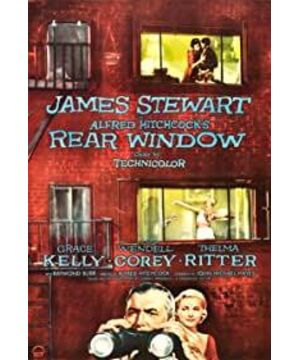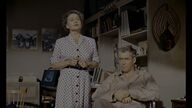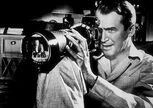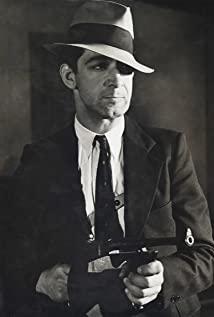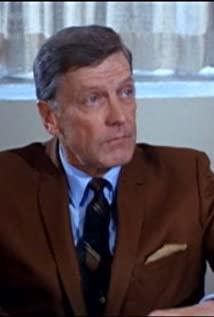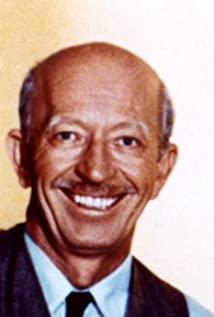"What do you want from me?" The wife murderer in the dark in the panorama asked the male protagonist who had spied on his murder in the dark.
The two are the surrogates of the voyeur and the voyeur, and the confrontation between the two is a questioning of the voyeur.
So why does the hero want to peep?
Because he is free, he needs recreation.
He delighted his eyes with the joys and sorrows of neighbors, such as spying on coquettish ballerinas, lonely single old women, warm dog couples, quarreling couples, and other neighbors in the dark. He used his gaze to entertain them and get pleasure.
The lens language of the movie is great.
Scene switching has power, atmosphere, and emotion. Take the following as an example.
In close-up, the protagonist and the heroine are kissing; the lighting is soft, and the relationship between the two is ambiguous.
Half-length shot, 180-degree axis fights forward and backward, the two talk and argue, and there is an emotional distance.
In the panoramic view, the heroine stands by the door after being rejected by the hero. The black picture on the left, the dark picture with sadness, the heroine's sad emotions are externalized.
In the panorama, the heroine walks from the distrustful detective to the hero and the same scene as the hero, showing support for the hero. The hero and the hero support each other and have a relationship of trust.
Binoculars, half-length lens, masked round lens, camera prying, secret peeping feeling.
The camera movement is smooth. Take this as an example.
In the panoramic view, the camera first takes a picture of the little daughter’s family on the right, and then pans to the hostess with the dog’s hostess's cry. As the hostess enters the painting, it sinks to the puppy as she shouts to the puppy. After the puppy enters the painting, left panning to the woman doing the "hungry" sculpture, she naturally rises upstairs to the beautiful ballerina.
The sense of suspense catches people, and they put "bombs" to create suspense. The tight combination is exciting. Take the following example:
The man who killed his wife went out in the early morning twice, and the male protagonist woke up twice to look at his watch. In the middle of a short period of time, the black screen showed that the male protagonist had fallen asleep. What happened?
I know for sure that after a man killed his wife, he took pictures of the man and others in the middle, blocking the sight of the audience eagerly following the man who killed the wife, but making the audience more eager to see the result.
The male protagonist, knowing that a lonely single woman is going to take sleeping pills to commit suicide, looks at killing his wife and the man above him, causing the audience to shout in their hearts, "First save the woman below! She is about to commit suicide!" This "bomb" was well buried. The reason for the woman's suicide was laid out in front of them, and the suicide was allowed to take its course. Then it created a tension for the pursuit of the murderer in the back. It was used very well!
The voyeurism of movies also extends to the flood of star reality shows, from making friends, dating, getting married, having children, and other types of reality shows. The camera acts as the audience’s eyes, peeking into the daily life of the glamorous star’s "regular performance". I want to see their sleepy eyes, crying and laughing under their bare faces, which are not easily revealed, the private side.
Is peeping into others' lives and pleasing the eyes with the existence of others, is it objectifying others?
View more about Rear Window reviews


